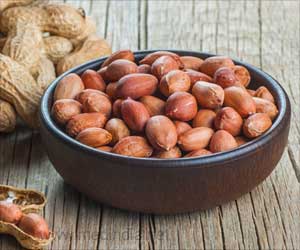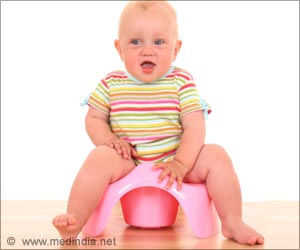A new study from the Centers for Disease Control and Prevention (CDC) has said that more than two-thirds of all emergency department visits for childhood poisoning involve prescription
A new study from the Centers for Disease Control and Prevention (CDC) has said that more than two-thirds of all emergency department visits for childhood poisoning involve prescription and over-the-counter medications. This is more than twice the rate of poisonings from consumer products.
"We feel these data suggest that new poisoning prevention efforts should focus on the problems of medication poisoning," said Daniel Budnitz, M.D., the senior study author.Budnitz, director of the Medication Safety Program in the Division of Healthcare Quality Promotion at the CDC, and colleagues analyzed two years' worth of data on pediatric emergency department (ED) visits for unintentional medication overdoses.
The study appears online and the in the September issue of the American Journal of Preventive Medicine.
The researchers estimated that 71,224 ED visits for unintentional medication overdoses occurred annually in children 18 and younger.
"Unsupervised medication ingestions caused over 80 percent of the ED visits. These ED visits for unsupervised ingestions are 10 times more common than overdoses from medication errors by a parent or caregiver," Budnitz said.
Most of those ingestions were among toddlers, with about one of every 180 ED visits by two-year-olds due to an accidental medication overdose.
Advertisement
The study's findings did not come as a surprise to Carl Baum, M.D., director of the Center for Children's Environmental Toxicology at Yale-New Haven Children's Hospital. He had no connection with the study.
"If you want to prevent an injury, it helps to make it so people don't have to constantly remember to do something, like correctly reapplying child-resistant caps after each use. I make the analogy to airbags in cars. Airbags are a great safety innovation, in part because you don't need to remember to turn them on. Of course, you should always wear your seatbelt, but airbags provide added layer of protection," Budnitz said.
"We could try a similar approach to prevent child ingestions and incorporate passive safety innovations in medication packaging," Budnitz added, such as flow restrictors, which prevent children from drinking directly from the medication bottle even when the cap is off, or unit-dose packaging.
However, these controls are well intentioned, but can be defeated. "For example, child-resistant, not child-proof, caps that are left off or cross-threaded leave prescription medications accessible to toddlers," Baum said.
CDC is working with over-the-counter drug manufacturers to encourage the implementation of passive safety innovations, Budnitz said.
Source-Newswise
RAS










